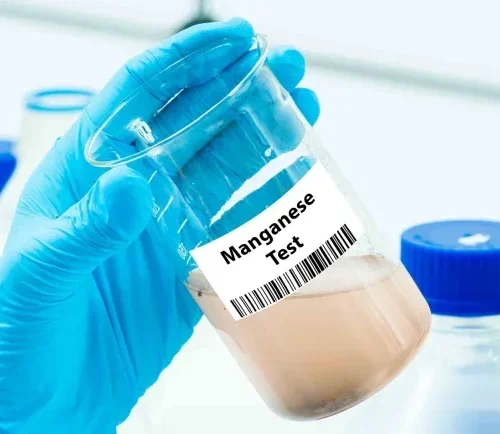Frequently Asked Questions (FAQs)
Manganese enters drinking water from natural sources like rocks and soil runoff, as well as human activities such as mining, industrial waste, and agricultural runoff.
The EPA recommends that manganese concentrations in drinking water should not exceed 0.05 mg/L.
Signs of manganese contamination include a metallic taste, dark stains on sinks and laundry, and cloudy water. Laboratory tests or home testing kits can confirm its presence.
No, boiling water does not remove manganese and may concentrate it instead. Filtration methods are more effective.
Reverse osmosis systems and ion exchange filters are most effective at removing manganese from water.
Yes, long-term exposure to high levels of manganese can lead to neurological disorders, including symptoms similar to Parkinson’s disease.
Yes, children and pregnant women are particularly vulnerable to the effects of manganese, as their developing systems are more sensitive to contamination.
Bottled water can sometimes contain manganese, depending on its source, but it is typically tested and regulated to ensure it meets safety standards.
It is recommended to test your water for manganese every year, especially if you rely on a private well or have concerns about contamination.
Yes, older plumbing systems, particularly those with galvanized pipes, can contribute to higher manganese levels in the water.
Conclusion
Manganese in drinking water is a serious concern that can have long-lasting health effects, especially if left unmonitored. By understanding the sources of contamination, the health risks, and the effective ways to treat and remove manganese, individuals can protect themselves and their families. Regular water testing, proper filtration systems, and taking necessary precautions are key to ensuring safe drinking water. Stay informed and take the necessary steps to maintain healthy water quality.


